2Department of Gastroenterology, Istanbul University-Cerrahpasa, Cerrahpasa Faculty of Medicine, Istanbul, Türkiye
Abstract
Perianal fistulizing Crohn’s disease is a challenging condition that affects up to 10% of patients at diagnosis, with prevalence increasing over time, often necessitating complex treatment strategies. Effective management requires early, aggressive combination therapy, typically incorporating antibiotics, immunomodulators, and anti-TNF agents—particularly infliximab—to control inflammation and promote fistula closure. Radiological closure, rather than clinical remission alone, is crucial for confirming fistula healing and guiding therapeutic decisions, as persistent fistula tracts may remain despite symptom relief. Optimizing anti-TNF levels and the duration of combination therapy further improves outcomes, with the goal of achieving sustained radiological remission. Routine imaging with MRI or perianal ultrasound is essential for monitoring disease response, ensuring complete closure, and minimizing the risk of recurrence. In refractory or severe cases, surgical interventions such as seton placement, fistulotomy, or diversion stoma may be necessary to manage drainage while preserving sphincter integrity. A multidisciplinary approach is critical in complex cases, requiring collaboration between gastroenterologists, surgeons, and radiologists to tailor interventions for optimal results. Clear patient communication is essential, particularly regarding the potential need for a permanent stoma if full fistula closure cannot be achieved. Despite advances in therapy, perianal fistulizing Crohn’s disease remains a significant challenge, necessitating continued innovation to improve durable radiological and clinical remission and enhance overall patient quality of life.

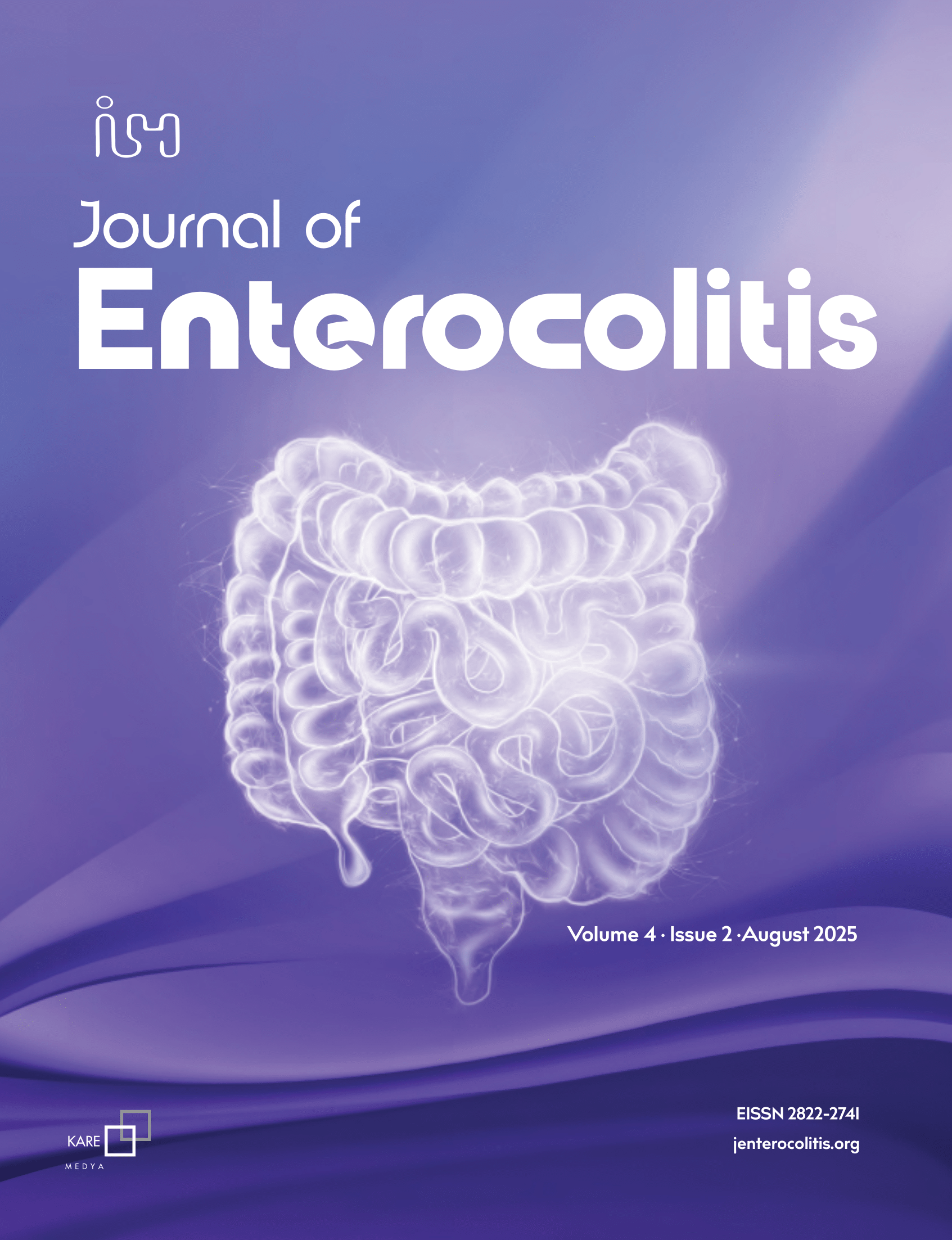
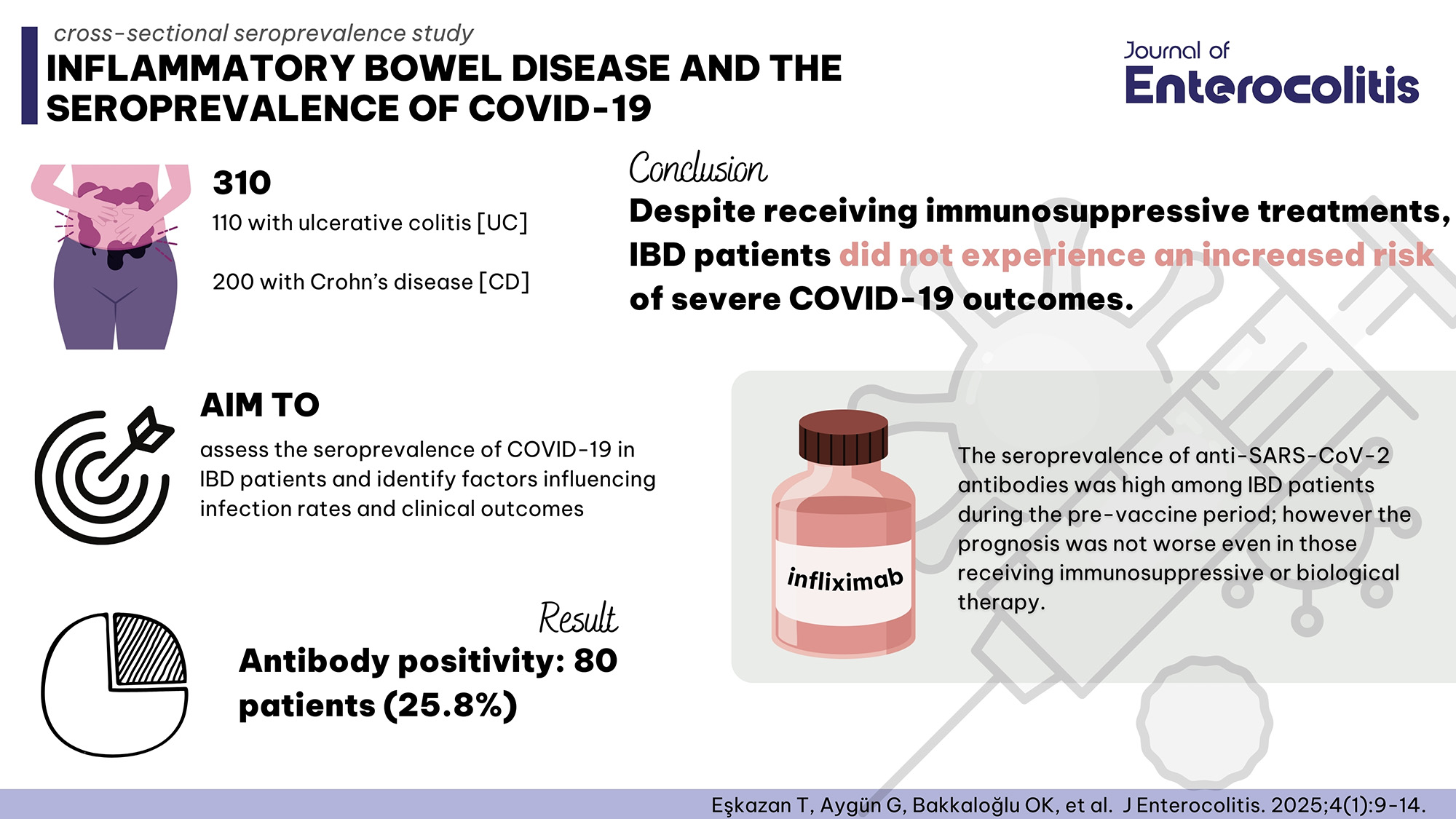
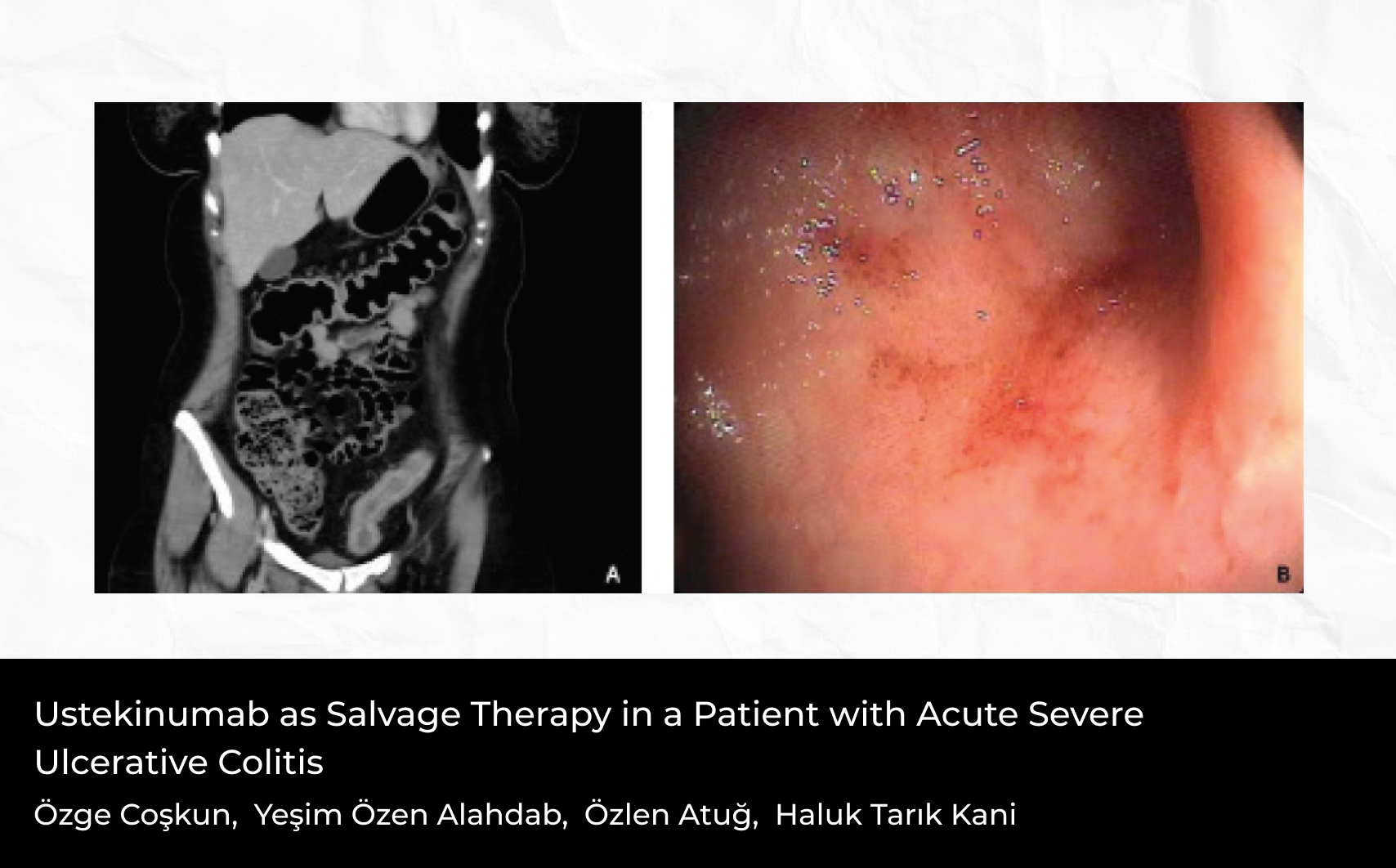


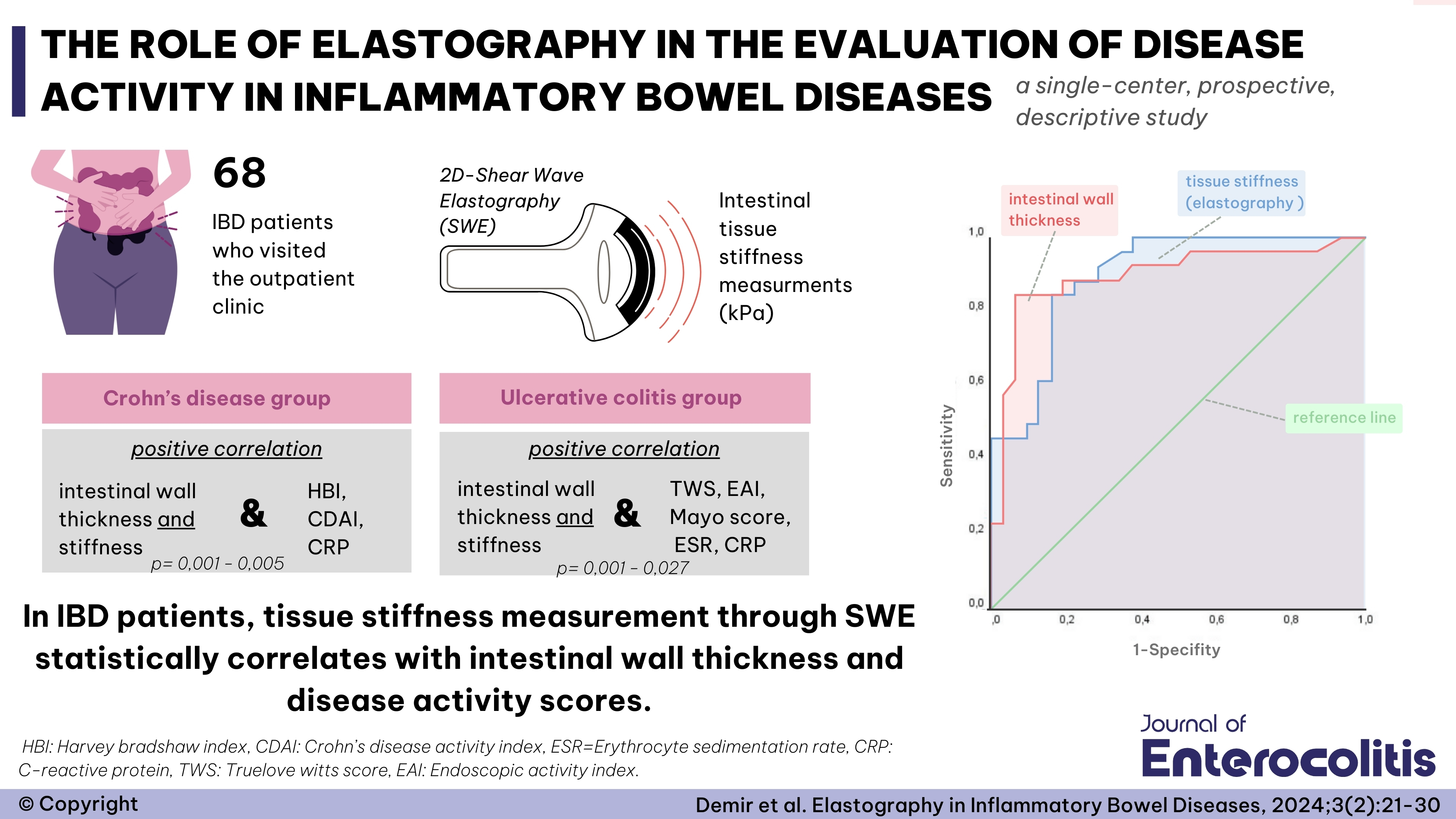
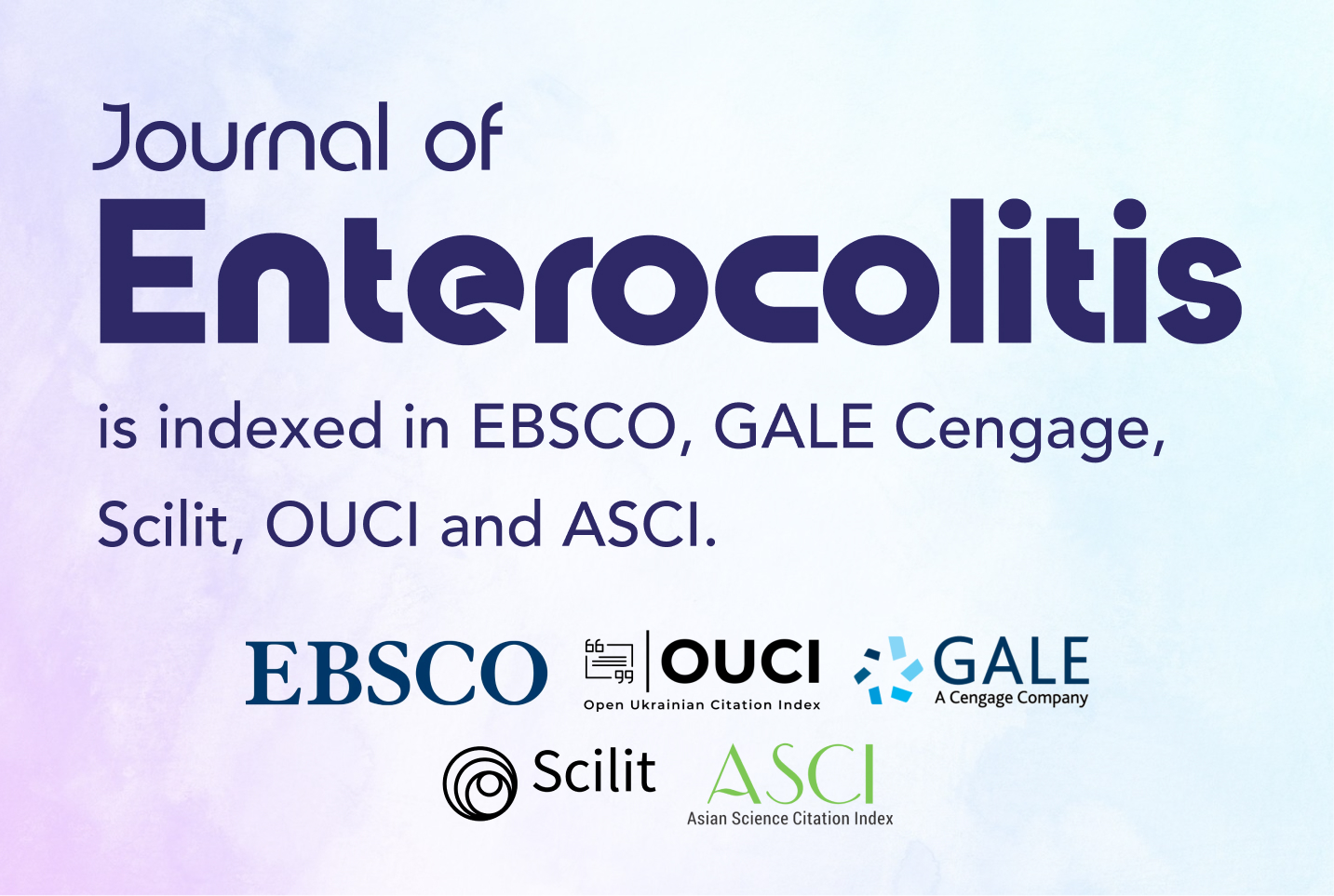
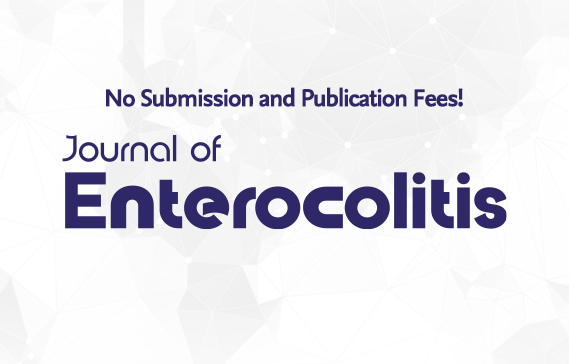
 Oğuz Kağan Bakkaloğlu1
Oğuz Kağan Bakkaloğlu1 






